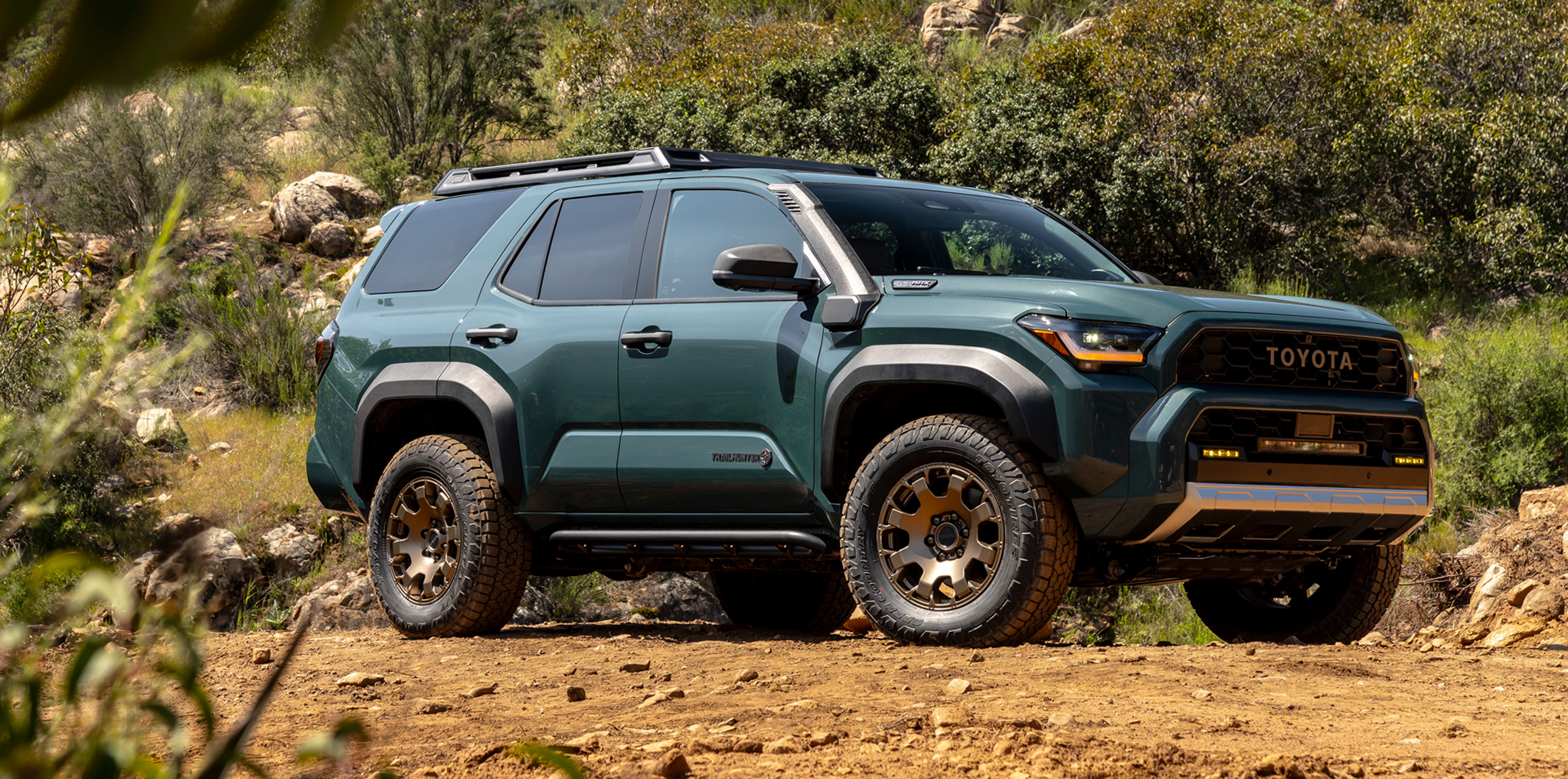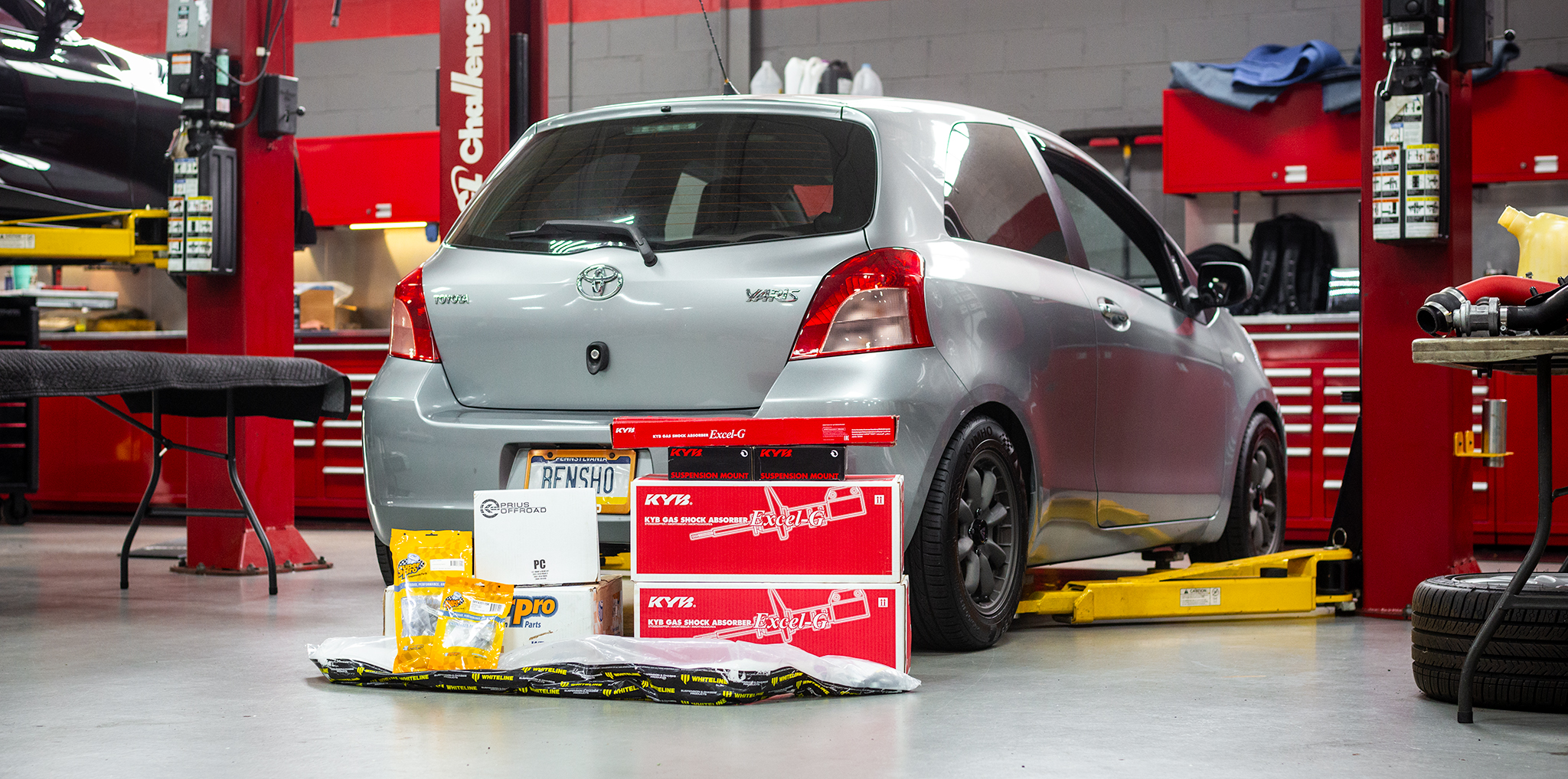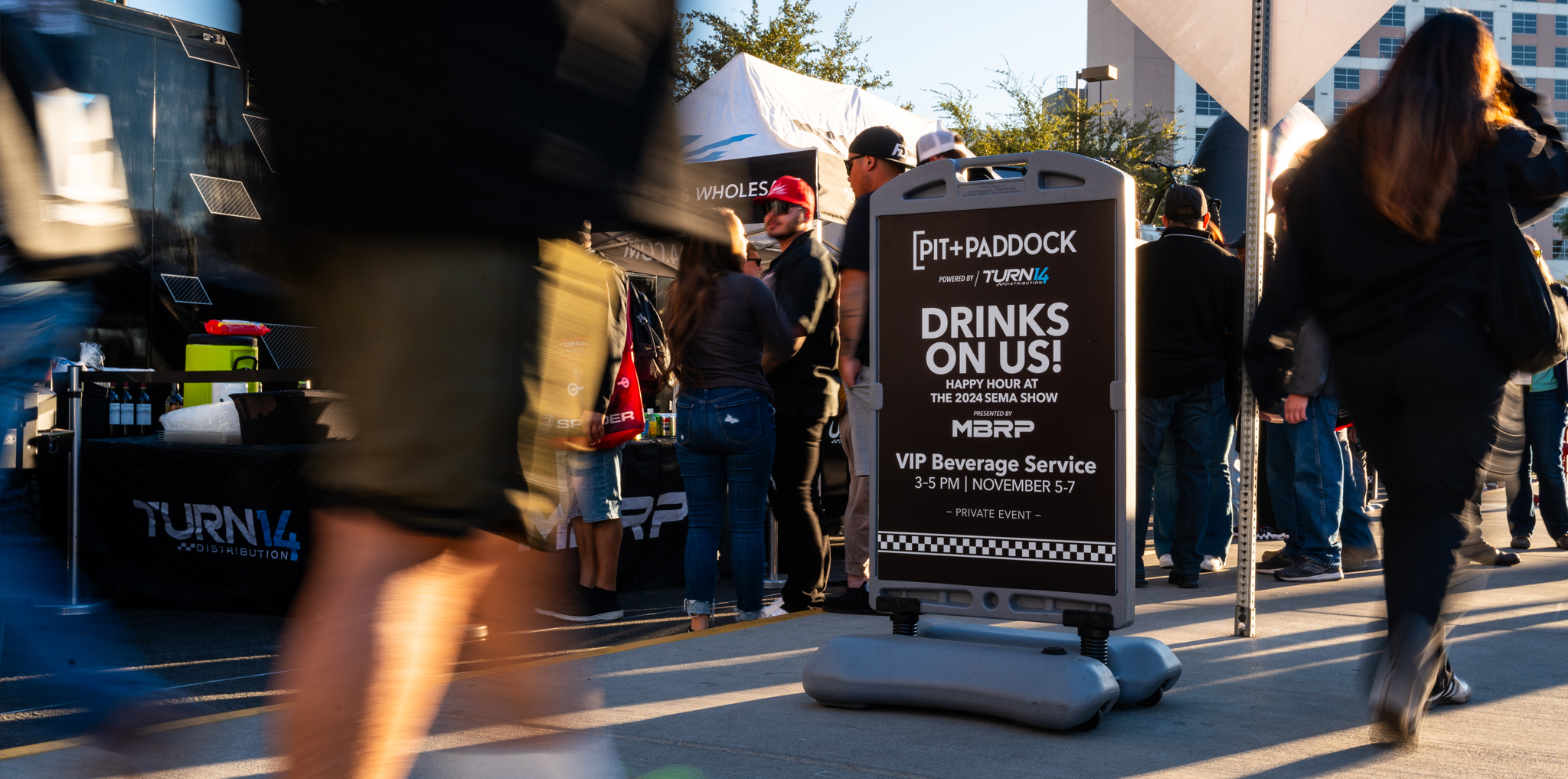- The 4Runner is one of Toyota’s most beloved SUV monikers, having taken the industry by storm in 1984 and is still cherished by many today.
- Although a six to seven-year 4Runner lifecycle is most common, the fifth generation has hung around since 2009 and has left many enthusiasts eager for a refresh.
- The long-anticipated sixth generation 4Runner promises to fill many of the platform’s voids, including more potent turbocharged and hybrid powerplants and new trim levels: Trailhunter and Platinum.
- The 2025 model also improves ruggedness and refinement in equal measure, touting impressive adventurist capabilities with a decidedly modern and livable aesthetic.
Toyota gets us. In the last decade, the Japanese brand is among a select few that have successfully bottled the enthusiast spirit and translated that recipe into exciting cars like the 86, GR Corolla, and venerably resurgent Supra. And yet, satisfying the automotive junky is only a small part of what’s made the brand so successful. Indeed, its sustained, global success has been partly contingent on implementing Toyota’s Production System (TPS), a benchmark that many—even well outside the automotive industry—have aimed to replicate. Maybe this icon of lean manufacturing has given the brand more time to dream, more time to decode what makes an enthusiast tick, or more energy to engineer the sporting end of a car. Any way you cut it, we’re grateful that at least someone at Toyota is listening.
But amidst a series of billboard hits, there’s been a prayer that’s gone unanswered for some time: a sixth-generation 4Runner. We’re getting on sixteen years since the fifth iteration launched, which is literally double the average lifecycle of the model. Sure, compared to the W463 G-Wagon’s 30-year tenure, these are still rookie numbers. But if you spend some time with the newest 4Runner, even with all the boxes ticked and despite its charms, you’ll quickly see that it’s long in the tooth.
GRANDFATHER CLOCK
Part of that latency has to do with how well the fifth generation has been selling. As Sam reported, “In 2021, Toyota sold a whopping 144,696 units of its 4Runner SUV. That’s more sales than the Prius, Avalon, and C-HR–combined!” It’s also no slouch off-road. In TRD Pro trim, the fifth generation 4Runner still managed to impress, its experience lending confidence to whoever piloted the wheel. It was only after you got back on the paved roads that you felt that its heart was a bit tired.
Nevertheless, Toyota has never abandoned the 4Runner’s original intent: to be turn-key ready for whatever you have to throw at it. While so many other manufacturers have bastardized monikers as part of some far-fetched marketing ploy, this unapologetic commitment to the 4Runner’s ethos is admirable. Consistency is a good thing and I think Toyota is one of the few manufacturers that have done a great job of finding and maintaining specific lanes for its vehicle lineup. “This all-new 4Runner has incredible versatility and capability that nicely rounds out our truck family,” said Dave Christ, Toyota group vice president and general manager. “We’ve sold over 3 million 4Runners over the past 40 years, and this sixth-generation model offers a cool new look and incredible features yet retains the rugged style and capability our customers love about this adventure icon.”
SAME RECIPE, MORE HEAT
Toyota claims that this exacting character is ever-present in the sixth generation ‘Runner; the powertrain is where the company’s SUV will get a bit spicier. Toyota’s 2.4-liter i-FORCE MAX hybrid motor, which produces 326 horsepower and 465 lb-ft of torque, is a welcomed addition. It’s standard on the TRD Pro and two new trim levels—Trailhunter and Platinum—and is a huge step forward compared to its gas-guzzling predecessor. Another 2.4-liter i-FORCE engine (pictured, without hybridization) will be available on the SR5, TRD Sport, TRD Off-Road, and Limited grades.
The chassis is all-new and built on Toyota’s TNGA-F global truck platform, which is shared with its utilitarian brethren—the Tacoma, Land Cruiser, Tundra, and Sequoia. This move should bode well for the 4Runner’s longevity and compliance; whereas the others drove like old school trucks, this promises to deliver higher levels of ride comfort and on-road manners without spoiling its off-road capabilities.
We anticipate that the 4Runner’s aftermarket support will be alive and well with the company’s latest and greatest. Every preceding generation was (and continues to be) one of the most popular truck platforms to modify and personalize, so it’s only natural that the long-standing trend will live on.
IT’S EVOLUTION, BABY
The new 4Runner takes on Toyota’s latest design direction, embracing an angular, muscular aesthetic that echoes its rugged, outdoor intent. Despite all of its visual advancements, the Calty Design Research team knew it was important to acknowledge the past. In a nod to the first and second generations of 4Runners, designers were able to bring back the legacy “wrap over” quarter glass, and the popular roll-down rear window remains etched into the vehicle’s DNA. “Designing the legendary 4Runner began with identifying its unique and memorable aspects linked to fun, outdoor recreation,” says Calty President, Kevin Hunter.
As utilitarian as the outside appears, the interior is decidedly modern. The sixth gen 4Runner receives Toyota’s latest technology with new 8-inch or optional 14-inch multimedia touchscreen displays. Toyota’s latest Audio Multimedia system happily supports wireless Apple CarPlay® and Android Auto™ compatibility, USB-C connectivity, and Qi wireless charging. If for nothing else, the 12.3-inch digital gauge cluster—standard equipment on higher models—is worth the extra spend for a truly cutting-edge user experience.
LET’S GO PLACES
Toyota’s long-standing mantra feels right at home with the new 4Runner; this truck is as turn-key ready for adventure as ever. Off the beaten path, the new SUV boasts more favorable approach and departure angles, 32° and 24° respectively, and a couple of new tricks: a Stabilizer Bar Disconnect Mechanism and Multi-Terrain Monitor system. The former increases suspension articulation at the push of a button, allowing the vehicle to “flex” to keep adequate tire contact with the trail surface. The latter helps the driver see potential hazards ahead on the center display. There’s a ton more that helps make the adventurist lifestyle more approachable and more achievable in this new truck, which is a good thing because that desire to unplug and explore is higher than ever. Toyota’s efforts here prove that the company is as plugged into the enthusiast sports car market as it is into this burgeoning genre.
NEW TRIMS
In total, there are nine trim levels available on the sixth generation 4Runner: the SR5, TRD Sport, TRD Sport Premium, TRD Off-Road, TRD Off Road Premium, Limited, Platinum, TRD Pro, and Trailhunter. The last of the bunch is getting the most buzz; the new for 2025 Trailhunter grade takes the 4Runner’s turn-key off-roading to the next level. Toyota collaborated with several aftermarket off-road component companies, including ARB, OME, and Toyo, to provide an OE solution to real-world problems.
The Trailhunter will feature ARB’s Old Man Emu (OME) 2.5-inch forged shocks with rear external piggyback remote reservoirs, along with a uniquely co-designed ARB Roof Rack. The OME shocks along with the 33-inch Toyo Open Country A/T tires lift the Trailhunter an additional two inches in the front and one and a half inches in the rear. Just in case you’ll need to ford a river Oregon Trail-style, a standard low-profile high-mount air intake takes in air near the roof line.
Robust reinforcements further distinguish the Trailhunter from its counterparts. Rock rails and high-strength steel skid plates are standard, as are a 20-inch LED light bar and RIGID LED fog lamps. If these aren’t powerful enough, Toyota has pre-wired three easy-to-reach auxiliary switches throughout the SUV so you can add enough lights to be seen by orbiting satellites.
On the opposite end, Toyota’s well-known Platinum trim brings Lexus-like luxury features into the body style. This entry slots above the Limited grade by adding unique black exterior styling elements, heated second-row seats, a standard tow tech package, a Head-Up Display, and automatic rain-sensing wipers.
SIGN ME UP
All of this news has set the industry abuzz and enthusiasts—whether they are avid 4Runner fanatics or crossovers from another brand—eagerly anticipating the new 4Runner’s projected Fall 2024 release. Indeed, the new SUV seems to check all of the boxes on paper and punches well above its segment in value, capabilities, and excitement. For me, it’s the top-tier Trailhunter that has me eager to ink the Toyota paperwork. Visually, it’s a knock-out, and all of the little touches—the heritage front grille, the matte fender flares, the yellow-piped seats, interior textures, and built-in features—really make its introduction feel special. Despite these small departures, the Trailhunter trim feels every bit a part of the overall 4Runner family. There may not be a 4Runner wave, but the long-standing community culture and new SUV’s conscious bloodline nods will make you feel every bit a part of the 4Runner legacy. Regardless of which one fits your life best, I’m confident that this sixth generation 4Runner will live up to its lofty expectations right out of the gate.








































































































